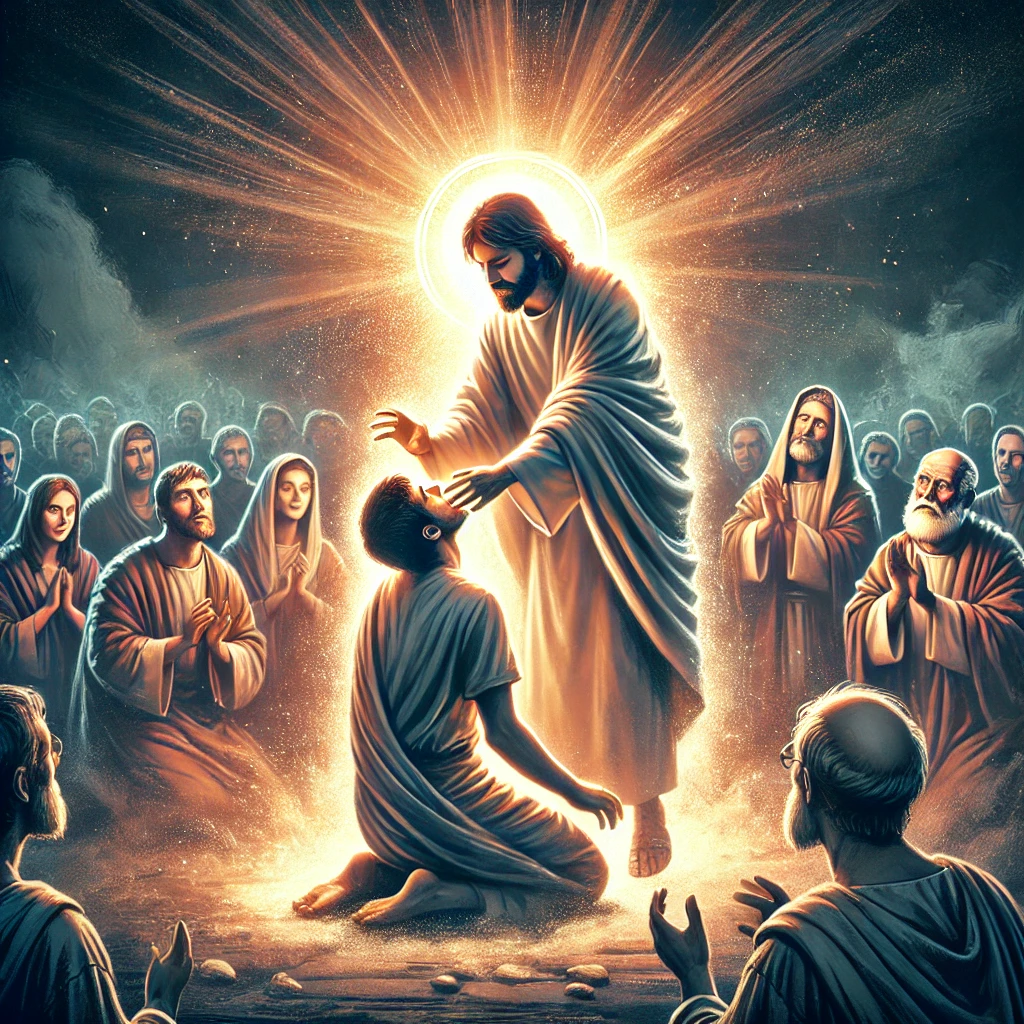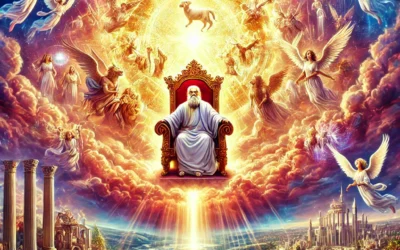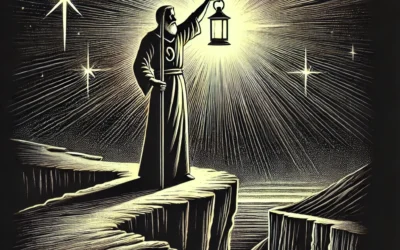The Book of Mark is the second book of the New Testament and the shortest of the four Gospels.
Written by John Mark, a companion of Peter, this Gospel presents Jesus as the Servant King—full of power, compassion, and action.
Mark’s writing is fast-paced and vivid, often using the word “immediately” to move quickly from one scene to the next.
It focuses more on what Jesus did than on what He said, highlighting His miracles, authority, and sacrificial death.
The Preparation and Baptism of Jesus (Mark 1:1–13)
Mark skips Jesus’ birth and begins straight with His public ministry, starting with the ministry of John the Baptist.
Key Highlights:
- John the Baptist prepares the way and preaches repentance
- Jesus was baptised in the Jordan and affirmed by the Father
- The Holy Spirit descends like a dove
- Jesus is tempted in the wilderness for forty days
Lesson: Jesus is affirmed as God’s Son and immediately steps into spiritual battle and mission.
Ministry in Galilee (Mark 1:14–7:23)
Jesus begins teaching, healing, and casting out demons—drawing large crowds and stirring both amazement and opposition.
Key Highlights:
- Calls His first disciples to follow Him
- Heals many: a leper, a paralytic, Peter’s mother-in-law
- Casts out demons, calming storms, and raising Jairus’ daughter
- Teaches in parables, including the Sower and the Mustard Seed
- Confronts Pharisees over tradition vs. true obedience
Lesson: Jesus reveals His divine authority through both word and power, calling people to faith and discipleship.
Deeper Revelation and the Cost of Discipleship (Mark 7:24–10:52)
Jesus travels beyond Galilee, performing miracles among Gentiles and teaching His disciples about His true mission.
Key Highlights:
- Heals the daughter of a Syrophoenician woman and a blind man
- Feeds 4,000 and warns about spiritual blindness
- Peter confesses Jesus as the Christ
- Jesus predicts His suffering, death, and resurrection
- Teaches that true greatness comes through service and sacrifice
Lesson: Following Jesus means surrender, humility, and willingness to suffer for the sake of the gospel.
The Triumphal Entry and Final Teachings (Mark 11–13)
Jesus enters Jerusalem as King, confronts religious leaders and teaches about the coming judgment and end of the age.
Key Highlights:
- Enters Jerusalem on a donkey, welcomed with palm branches
- Clears the temple of corruption and curses the fig tree
- Debates religious leaders with wisdom and authority
- Teaches the greatest commandment—love God and neighbour
- Warns about the destruction of the temple and signs of His return
Lesson: Jesus has authority over both the temple and time—He is the Son of God and Judge of all.
The Passion and Crucifixion of Jesus (Mark 14–15)
Mark gives a detailed and sober account of Jesus’ arrest, trial, suffering, and death on the cross.
Key Highlights:
- Celebrates the Last Supper with His disciples
- Prays in agony in Gethsemane and submits to the Father’s will
- Betrayed by Judas, arrested, and abandoned
- Tried by Jewish and Roman leaders, mocked, and beaten
- Crucified at Golgotha, dies with a cry of abandonment
- The temple curtain is torn; the centurion declares, “Truly this was the Son of God”
Lesson: Jesus willingly suffers and dies as the perfect Servant, fulfilling His mission to save sinners.
The Resurrection and Commission (Mark 16)
The Gospel ends with the resurrection of Jesus and a call to carry His message to the world.
Key Highlights:
- Women discover the empty tomb
- An angel announces that Jesus has risen
- Jesus appears to His followers
- Commissions them to preach the gospel to all creation
Lesson: The crucified King is now the risen Lord—His mission continues through His followers.
Themes of Mark
- Jesus the Servant – A powerful yet humble Savior who came to serve and save
- Action and Urgency – The Kingdom of God is here, and decisions must be made now
- Discipleship – Following Jesus requires faith, sacrifice, and endurance
- Authority and Compassion – Jesus rules with both power and mercy
- Suffering and Glory – The cross is not the end, but the path to resurrection
Final Thoughts
The Book of Mark offers a dynamic portrait of Jesus as the Servant King who acts with urgency, compassion, and divine authority.
His miracles prove who He is, but it is His suffering and resurrection that complete His mission.
Mark calls us to admire Jesus and follow Him—immediately, wholeheartedly, and without turning back.





